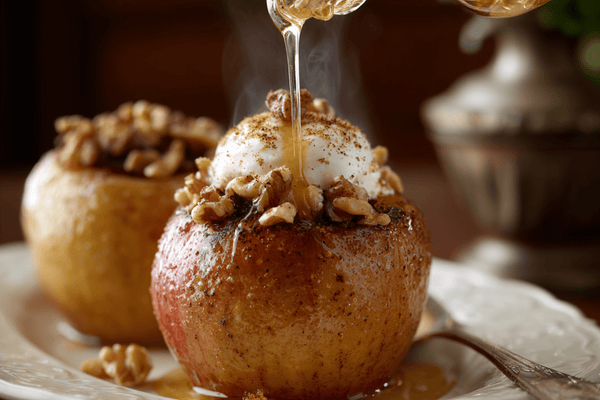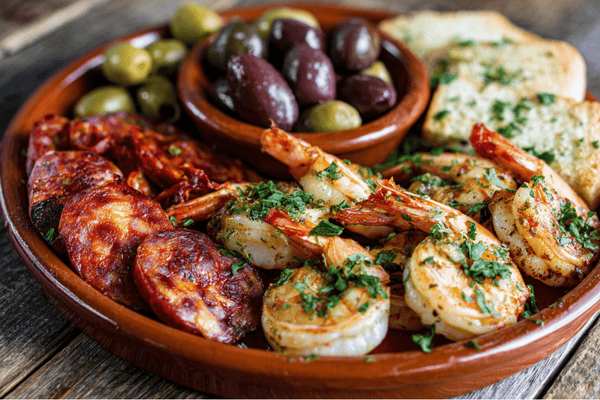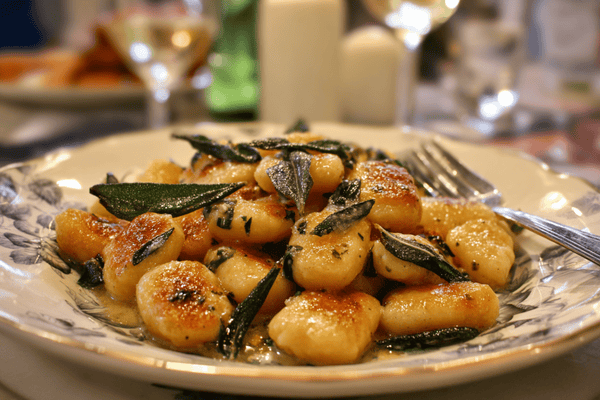
Peaches are a delicious fruit that is perfect for eating on their own, cooking, or adding to desserts. However, cutting a peach can be tricky if you need to learn the right technique. In this article, we'll explore the best ways to cut a peach so you can enjoy this juicy fruit to its fullest.
Table of contents
Tools Needed to Cut a Peach
Before we get started, let's go over the tools you'll need to cut a peach properly:
- Sharp knife: having a sharp knife will make it easier to cut through the peach without damaging the flesh.
- Cutting board: choose a sturdy cutting board that won't slip around while you're cutting the peach.
- Spoon: a spoon can come in handy when you're removing the pit from the peach.
When to Cut a Peach
- A peach should be cut when it is ripe but not overripe.
- Signs that a peach is ready to be cut include:
- It gives slightly when you press on it: a ripe peach should give slightly when you press on it, but it shouldn't be too soft.
- It has a fragrant smell: a ripe peach will have a sweet, fragrant smell.
- It has a golden color: a ripe peach will have a golden color, with little or no green left on the skin.
Different Ways to Cut a Peach
There are several different ways to cut a peach, depending on what you want to use it for. Here are some of the most common methods:
Slicing
To slice a peach, first wash it thoroughly and then cut it in half. Remove the pit with a spoon, and then slice the peach into even pieces.
Wedges
To cut a peach into wedges, wash it thoroughly and cut it in half. Remove the pit with a spoon, and then slice each half into several wedges.
Halves
If you want to keep the peach in halves, wash it thoroughly and then cut it in half. Remove the pit with a spoon and serve.
Cubes
To cut a peach into cubes, first wash it thoroughly and then cut it in half. Remove the pit with a spoon, then slice each half into several strips. Finally, cut the strips into cubes.
Types of peaches for cutting
Here's some information on the different types of peaches and their ease of cutting:
- Freestone Peaches: These peaches have a pit that is easy to remove, making them easier to cut. They are typically available in mid-to-late summer.
- Clingstone Peaches: These peaches have a pit that is more difficult to remove, making them harder to cut. They are typically available in early summer.
- White Peaches: White peaches have a slightly different texture and flavor than yellow peaches, but they are generally just as easy to cut.
- Yellow Peaches: Yellow peaches are the most common type of peach and are generally easy to cut. They are available in mid-to-late summer.
Regardless of the type of peach, make sure to choose a ripe one for cutting, as it will be easier to cut and will taste better
| Type of Peach | Ease of Cutting |
|---|---|
| Freestone Peaches | Easy |
| Clingstone Peaches | Difficult |
| White Peaches | Easy |
| Yellow Peaches | Easy |
Tips for Cutting a Peach
- Use a serrated knife: If you're having trouble cutting through the skin of the peach, try using a serrated knife instead of a regular one.
- Cut away from yourself to avoid injury: Always cut away from yourself to avoid injury while cutting the peach.
- Use a paper towel for grip: If the peach is slippery, use a paper towel to help you get a better grip while cutting it. This will also prevent any juice from getting on your hands, making it easier to handle the peach.
- Choose the right peach: Make sure to choose a ripe peach for cutting, as an unripe or overripe peach can be more difficult to cut and won't taste as good. Refer to the signs of a ripe peach mentioned earlier.
- Chill the peach: For easier cutting, chill the peach in the refrigerator for a few minutes before cutting. This will also help the peach retain its shape.
- Don't remove the skin: The skin of a peach is packed with nutrients, and it also adds texture and flavor. If you don't mind the texture, leave the skin on when cutting the peach.
- Try different shapes: Experiment with cutting the peach into different shapes to see what works best for your needs. For example, cubes may work well in a fruit salad, while slices or halves may be better for grilling or baking.
FAQ
Q: How can I tell if a peach is ripe?
A: Look for a peach that gives slightly when you press on it, has a fragrant smell, and has a golden colour.
Q: Can I eat the skin of a peach?
A: Yes, the skin of a peach is safe to eat, and it's packed with nutrients. However, some people prefer to peel it off before eating.
Q: How should I store cut peaches?
A: Cut peaches should be stored in an airtight container in the refrigerator. They will last a few days, but using them as soon as possible is best.
Q: Can I freeze cut peaches?
A: Yes, you can freeze cut peaches. To freeze them, spread the peach slices on a baking sheet and freeze them until solid. Then, transfer them to a freezer-safe container and store them in the freezer for up to six months.
Q: Is there a specific type of peach that is best for cutting?
A: No, any peach can be cut. However, some varieties may be easier to cut than others. For example, freestone peaches have a pit that is easier to remove than clingstone peaches.
Conclusion
Cutting a peach may seem intimidating at first, but with the right tools and techniques, it's a simple task that can be done in no time. Remember to choose a ripe peach, use a sharp knife, and cut away from yourself to avoid injury. With these tips in mind, you'll be able to enjoy the sweet, juicy goodness of peaches all summer long.


